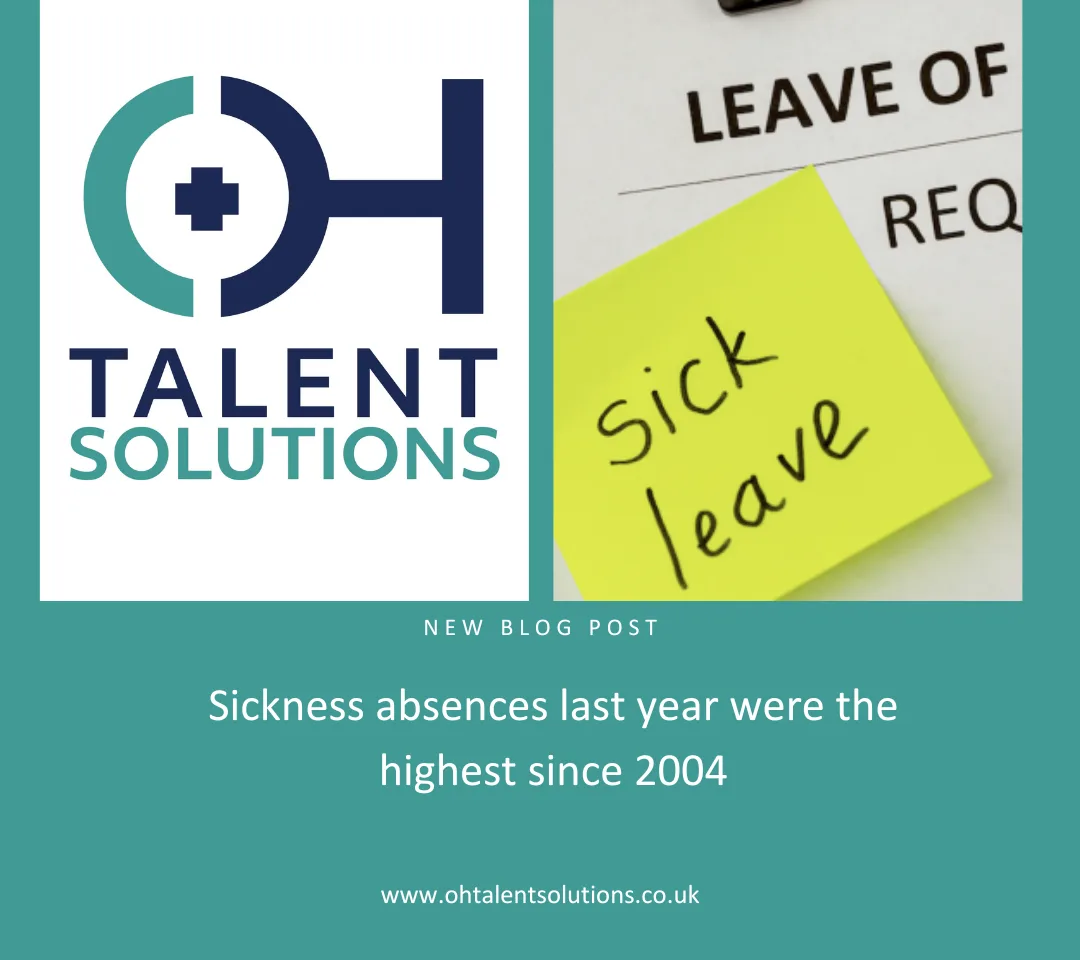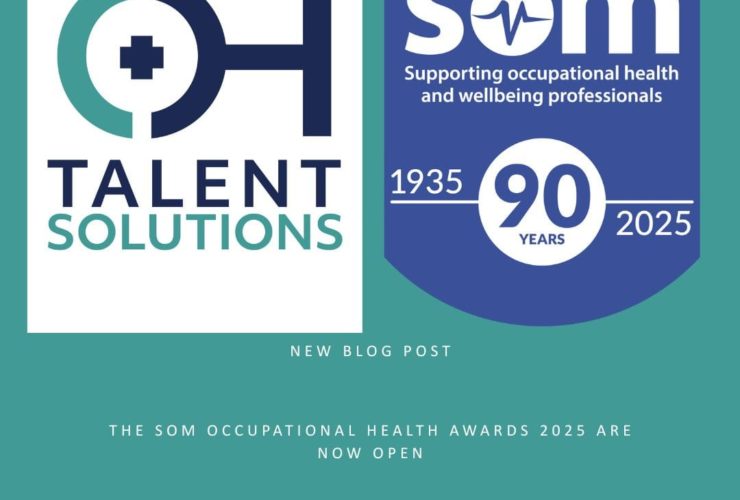Sickness absences last year were the highest since 2004
UK Sickness Absence Reaches Highest Level Since 2004
A Sharp Rise in Workplace Absence
Sickness absence across the UK workforce rose to its highest level in nearly two decades last year. According to new data from the Office for National Statistics (ONS), employees lost 2.6% of total working hours to illness or injury in 2022.
That’s an increase from 2.2% in 2021, amounting to 185.6 million working days lost — the highest figure ever recorded.
Every Age Group Affected
The ONS found that sickness absence increased across all age groups. Minor illnesses such as colds, flu, and stomach upsets remained the leading cause, responsible for 29.3% of absences.
The broad rise suggests that no demographic or industry escaped the trend. As a result, many organisations are reassessing how they manage health and attendance within their teams.
Employment Trends Behind the Numbers
Although unemployment remains near historic lows, the number of people in work is still below pre-pandemic levels. The ONS highlighted that the UK stands out among major economies for having more people classified as economically inactive.
During the pandemic, about half a million people left the workforce and stopped looking for jobs. Many older workers chose early retirement, while others left due to long-term health conditions or continued education.
These shifts have reduced the pool of available workers, creating labour shortages and potential pressure on economic growth.
Long-Term Sickness on the Rise
The number of people unable to work because of long-term sickness reached a record high in early 2023. Between December and February, this group grew from 407,000 to 414,000 people.
Long-term health problems now represent a significant barrier to re-employment. Economists warn that persistent illness is contributing to lower productivity and slower economic recovery.
Government Measures to Encourage Return to Work
To address the issue, Chancellor Jeremy Hunt has pledged to expand free childcare to help parents re-enter the workforce. The Office for Budget Responsibility (OBR) believes these measures will partly offset the worker shortfall since the pandemic.
Meanwhile, the overall economic inactivity rate fell slightly to 21.1% in the three months to February — a 0.4-point decrease. The ONS linked this improvement mainly to students taking up new jobs.
What This Means for Employers
Rising absence rates highlight the growing need for occupational health (OH) support. Employers who invest in early intervention, employee wellbeing, and return-to-work programmes can significantly reduce time lost to illness.
By focusing on prevention and proactive health management, organisations can protect both productivity and employee welfare.
For further details, visit the original ONS source:
🔗 Sickness absences last year were the highest since 2004 (The Times)




